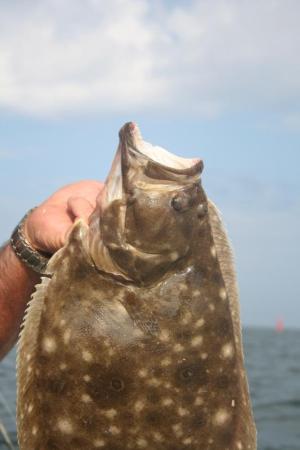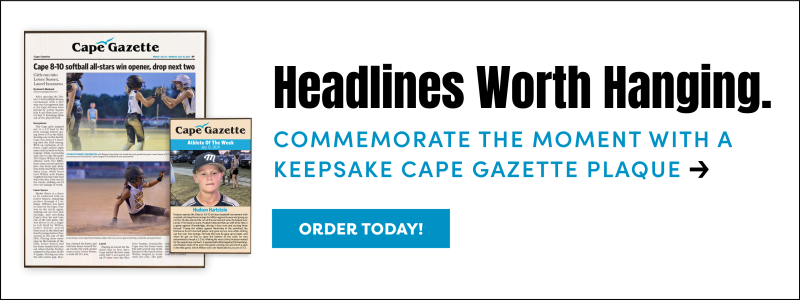As I mentioned a few weeks ago, the federal system for counting the fish recreational anglers catch is flawed at best. Those recreational fishermen in states that border the Gulf of Mexico have the same problem with federal data that threatened to shut down their fishing. What they did was set up a system within the states to count the fish caught, the fish discarded and those that died after being released.
Their data was so much more accurate than the federal data that it proved several stocks the feds would have claimed were in bad shape, were in fact, pretty healthy.
The article in Salt Water Sportsman did not go into detail as to how exactly the states developed this data, but it did say the states had to fund the system themselves. Right now, the three states that share regulations for most recreationally caught fish are Delaware, Maryland and Virginia. If those states would work together and come up with a plan to count the fish we catch, release and those that die after release, it would certainly be much more accurate than figures from the feds.
Once again, I believe having each angler complete a short form on their phone or computer after every trip would go a long way toward building an outstanding database. There must also be some way to count the fish caught by the thousands of anglers that come from the trailer parks that line the shores along Indian River and Rehoboth bays. The same is true for Ocean City, Md., where canals harbor thousands of fishing boats.
Of course, all of this will cost money. Each of the three states has a saltwater fishing license. We also have access to the federal excise tax on fishing equipment and fuel. Right now, most of this money has gone to physical projects. Boat ramps, fishing piers and stuff like that. I have been on the advisory council that distributes this funding since the fishing license was passed. I must admit I am not sure the money can be used for this type of project. As soon as I get back on my feet, I will find out.
This will be a major project. Delaware, Maryland and Virginia will have to work together, and I suspect they will form a special team to operate the new system for collecting the data.
Whatever the solution, we must do better than the current system. We cannot have numbers like Delaware anglers catching 50,000 summer flounder during October, November and December, and those numbers being used by fishery managers because they are the best available science.
Catching bigger flounder
Beginning June 1, the minimum size for summer flounder will rise to 17.5 inches. That is a decent size fish. While it is true that elephants eat peanuts, they would rather have a nice tree. The same is true with flounder. If you look at the size of a flounder’s mouth, you can see he can take in a pretty good-sized meal.
One of my favorite rigs is a double bucktail. I will use a 2- or 3-ounce bucktail on the bottom and a small jig about 12 inches above. What you add to the bucktail and the jig is up to you. I use Gulp! in bright colors. Other anglers will use cut bait, squid strips, Fishbites and things that have no name.
When using bucktails, you should hit as soon as you feel the strike. The fish will quickly reject a piece of lead.
Live bait is a sure thing when it comes to catching big flounder. Spot are the most common bait, but big minnows, eels and any small fish that is not under size by law will work.
Use a circle hook when using bait. Let the fish run with the bait until it has hooked itself.
As for tackle, I use conventional gear with 30-pound braid and a top shot of 30-pound Fluorocarbon to protect the braid from the rough bottom where big flounder live. I use an Albright knot to join the braid to the leader. My son Ric uses a slim beauty knot for the same purpose.
While it is possible to catch a keeper inside Indian River Inlet, you will have better luck fishing the deeper, colder water in the ocean. I would begin at Site 10 and then Site 11 before moving on to the Del-Jersey-Land Reef. If you have the free book put out by DNREC that has all the Delaware reef sites plus all the structure in the sites with their LAT/LON coordinates, you can easily move from one to another until you find some action.
As a general rule, flounder lay on the down-current side of structure. Try to present your bait to that area. Good luck!






















































